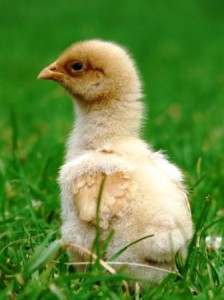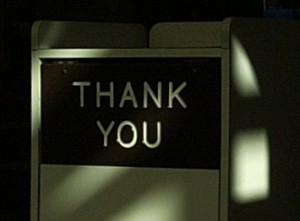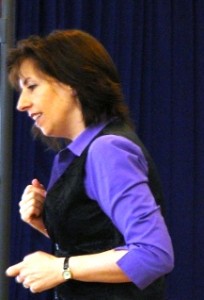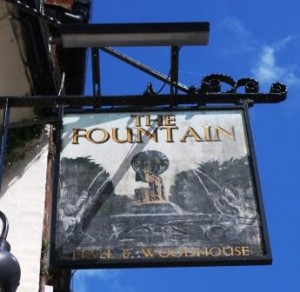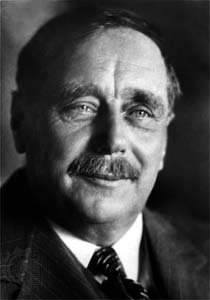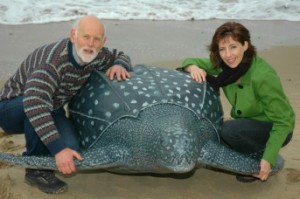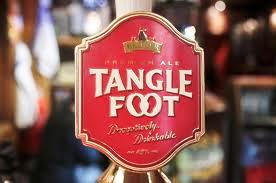Most of my writing thus far could be labelled ‘Historical Fantasy’, I would say. I have had lots of fun and inspiration from visiting the settings of my stories and looking around. I try to get a sense of how that place came to be that way- the story before mine, how the geography evolved, the way it might have been governed – as much physical, political and social background as I can imagine.
But until relatively recently, I couldn’t really deal with the people. I’d go early morning or wait to catch shots without people in them . I avoided them a bit if I’m honest – be a bit shy or perhaps wary.
I had some idea that people then were different – different in a way I could only access through period images and accounts. And there’s clearly a great deal of validity in reading contemporary voices, and looking at what they saw – especially for ‘true’ historical writers.
But I take liberties.
I don’t think there were any selkie colonies between Scarborough and Robin Hood’s Bay in the 60s nor a girl who could talk to stone on the south coast of Sussex in Jane Austen’s time. Yet there can be in my head – and through the page – in my readers’ heads.
Understanding this, and accepting that we can only imagine people through what we experience now, has made me much happier to move characters about in time. Years ago as a schoolgirl, I remember seeing some of Holbein the Younger’s drawings. I’ve never been a fan of the Tudors – but those drawings fascinated me. They were ‘just like real people in Tudor costumes!’ I recall thinking.
So now, if I’m in Chichester and I see a huge bloke walking with his legs wide apart to accommodate the movement of his belly like draymen used to roll beer barrels to pub cellars – well, I think ‘you’d fit in well in Selchester’s less reputable streets’. Or I see a girl waiting, shifting her weight from one foot to another, making a pattern on the flagstones like choreography – I wonder if she might anticipate the quadrilles at the Solstice Ball if I slide her back to the winter season 1809.
I reckon it could work the other way too.
Could this woman fit in a contemporary drama?
Perhaps not – but how about this one?
(If you like this pair, there are more here on the Telegraph website – I am indebted to Caroline Lawrence and The History Girls for this)
So what do you think – am I right to mash-up people from different eras – or are people so shaped by the period they live in, it’s just plain wrong?

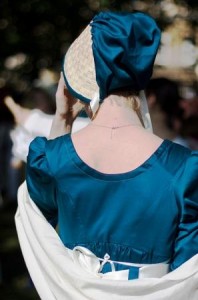



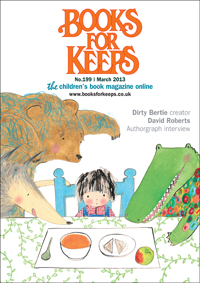
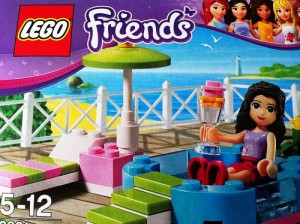








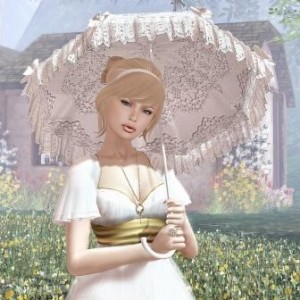



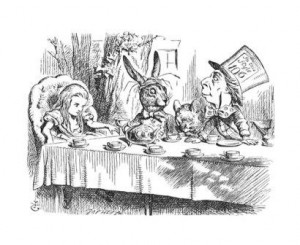




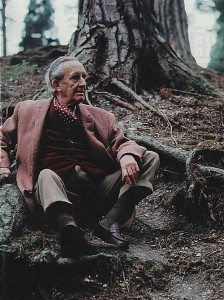




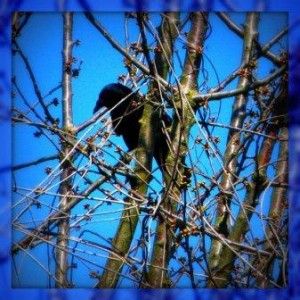



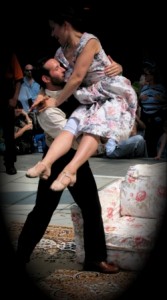



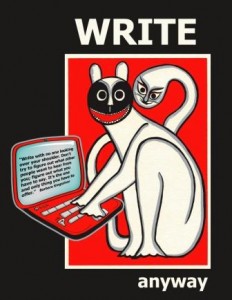
![[Two women dancing in ruffled costumes and hats]](http://kmlockwood.com/wp-content/uploads/2013/03/Dancing-with_delight_co_Snapshots_of_the_past-214x300.jpg)

